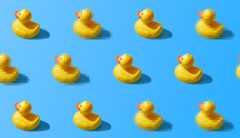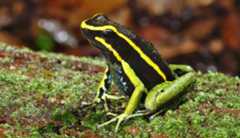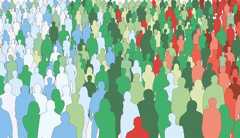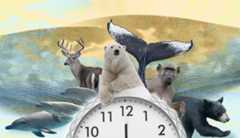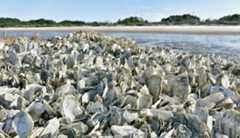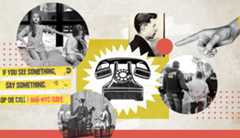Flying with whales: Drones are remaking marine mammal research
From collecting whale snot to capturing surprising behaviors, aerial drones are giving scientists a new view of life at sea
What happens to the weavers? Lessons for AI from the Industrial Revolution
Handled right, AI has potential to bring back middle-skill jobs lost to the rise of computers, economists argue. Or, like the mechanized mills of the past, it could toss whole sectors out of work.
How a humble weed became a superstar of biology
Arabidopsis thalianawas always an unlikely candidate for the limelight. But 25 years ago, the diminutive thale cress launched the botanical world into the molecular era.
Computers are getting much better at learning to “see”
The machine-learning programs that underpin image-recognition still have blind spots, but will they for much longer?
Animals that eat poisons and don’t die
Critters consuming species that contain deadly toxins have evolved a suite of clever strategies to keep out of harm’s way
Tracking down the hidden pollutants that make wildlife sick
A new technique for detecting unknown and unlooked-for chemicals is revealing dozens of contaminants in alligators, sea lions and condors
Property crime and violent crime have different solutions — here’s why
Addressing poverty helps to curb thefts and burglaries, but offenses like assaults and shootings need more innovative approaches
Animal origami: The physics of nature’s folds
Insects that tuck away wings; a protist with an accordion-like neck — studying these clever creases may inspire foldable structures for drones
The pernicious infections infiltrating Ukraine’s front lines
Doctors and scientists are waging a shadow war in the besieged nation: bacteria that are resistant to multiple antibiotics. The deadly bugs are now knocking on western Europe’s door.
Will your next EV have a solid-state battery — and improved performance?
Superionic materials have spawned hope for a new generation of power packs for electric cars, with a promise of greater range, faster charges and more safety. But scaling up won’t be easy.




